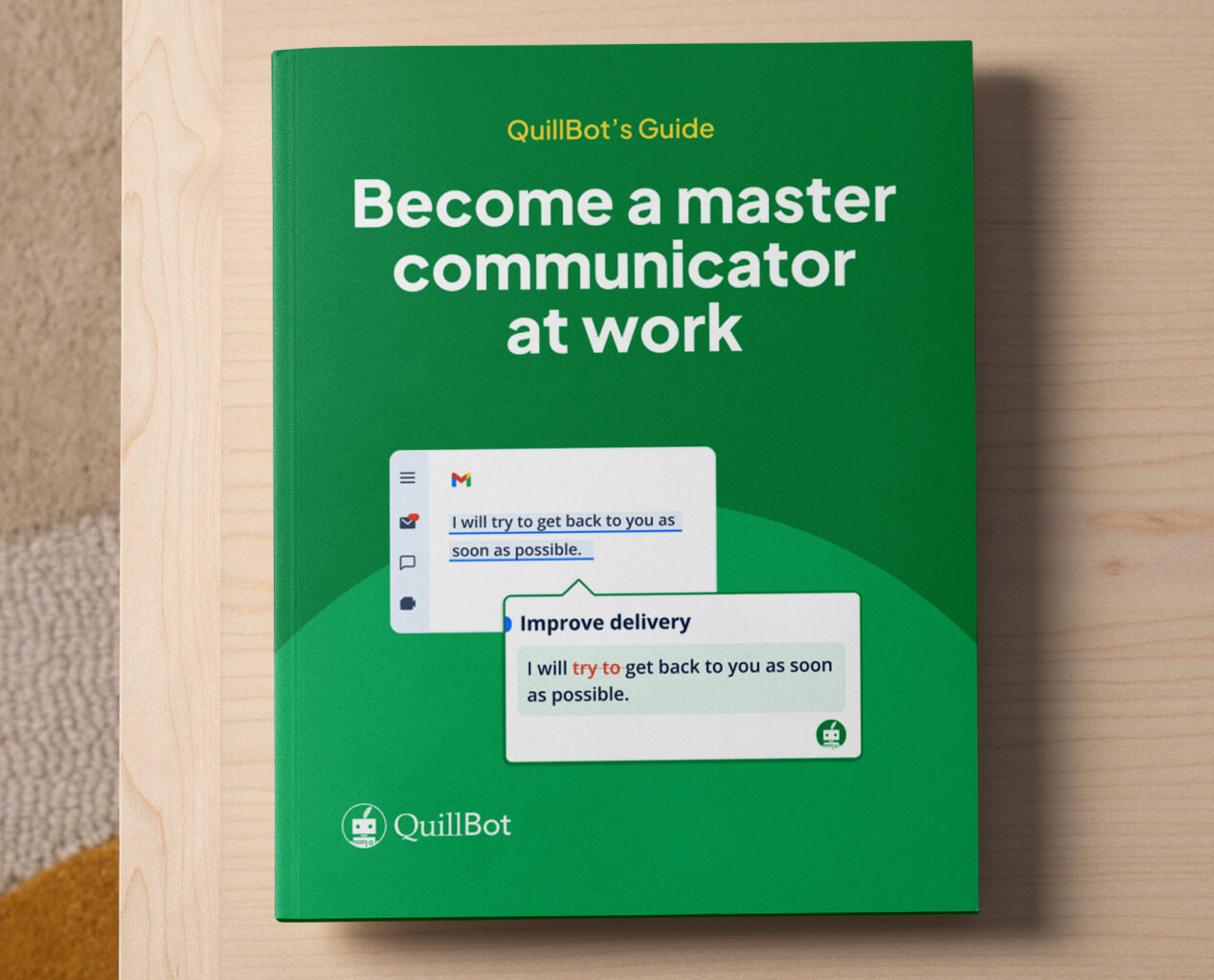How do you schedule social media posts?
To schedule social media posts, check if the network itself allows scheduling. If not, use an external social media scheduling tool.
In general, to schedule a post:
- Upload the content.
- Choose a date and time.
- Click “schedule.”
Scheduling social media posts is a great strategy when you create content in batches. To write a bunch of social posts at one time, try a social media post generator, like QuillBot’s free social media post generator.
